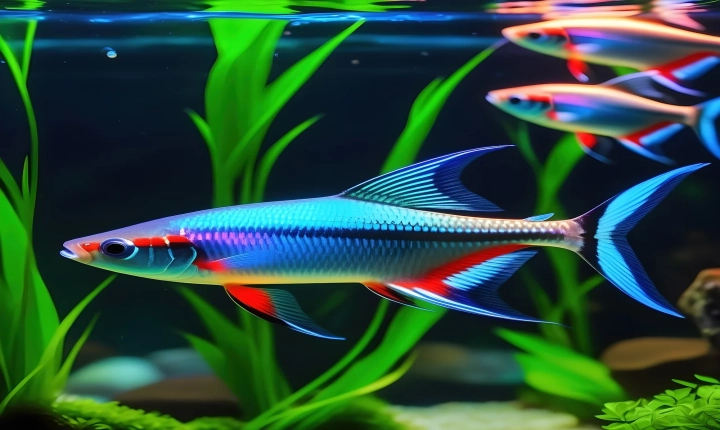Title: Understanding the Inner Workings of Pong AI: A Deep Dive into its Functionality
Pong AI, the artificial intelligence programmed to play the classic game of Pong, has captured the imagination of many technology enthusiasts and gaming aficionados. Its ability to compete with – and often best – human players raises intriguing questions about the underlying mechanics that drive its performance. In this article, we will delve into the inner workings of Pong AI, shedding light on its functionality and the principles that govern its decision-making processes.
At its core, Pong AI operates on a set of algorithms designed to simulate intelligent decision-making in the context of the game. These algorithms draw upon principles from the field of reinforcement learning, a branch of machine learning that enables an agent (in this case, the AI) to learn from its interactions with an environment and improve its performance over time.
One of the key components of Pong AI is its use of a technique called Q-learning, which allows it to evaluate the quality of different game states and make decisions accordingly. In the context of Pong, these game states might include the position of the ball, the position of the paddles, and the direction and speed of the ball. By learning to associate certain actions with positive or negative outcomes, the AI can gradually develop a strategy for playing the game effectively.
When the ball is served, Pong AI quickly assesses the current game state and uses its learned knowledge to determine the optimal action to take, such as moving the paddle to intercept the ball or positioning itself to return the ball with the appropriate angle and speed. Through a process of trial and error, the AI refines its decisions based on the feedback it receives from the game environment, gradually improving its performance through successive iterations.
In addition to Q-learning, Pong AI also employs techniques such as neural networks to process and interpret the game state information. These networks are trained on vast amounts of gameplay data, enabling the AI to recognize patterns and make predictions about future game states. By combining these predictive abilities with its Q-learning algorithm, Pong AI can anticipate the trajectory of the ball and position itself strategically to gain an advantage over its opponent.
Furthermore, Pong AI’s ability to adapt to changing game conditions is a testament to its robustness and flexibility. Whether the ball’s speed increases, the paddles’ positions change, or the game environment undergoes any other alterations, the AI continually adjusts its decision-making process to accommodate these variables, demonstrating a remarkable capacity for real-time adaptation.
In summary, Pong AI operates on a framework of reinforcement learning, utilizing Q-learning, neural networks, and predictive modeling to make decisions based on the game state and its learned knowledge. By leveraging these techniques, the AI can compete with human players, demonstrating a level of strategic thinking and adaptability that is both impressive and insightful.
As we continue to explore the frontiers of artificial intelligence and machine learning, the study of Pong AI offers valuable insights into the principles and mechanisms that underpin these technologies. By unraveling the inner workings of Pong AI, we gain a deeper understanding of the sophisticated algorithms and processes that enable it to play the game with such skill and finesse.
